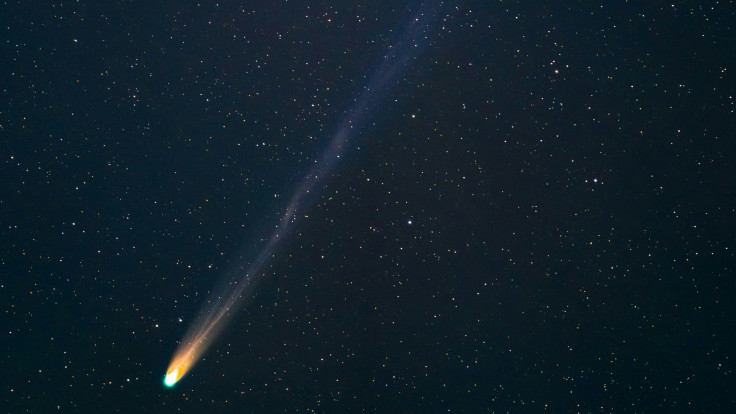C/2025 V1 Borisov's Silent Approach: What Its Strange Orbit Means For Earthwatchers?
C/2025 V1 Borisov's close pass brings unique science.

C/2025 V1 Borisov has been the talk of the astronomy community, stirring up excitement and speculation as it cuts a dazzling, unconventional path through the solar system.
Rather than delivering the usual spectacle of a flaming tail streaming across the night sky, this comet greets observers with a subtle shimmer—challenging expectations, fuelling cosmic curiosity, and offering a rare chance to witness a celestial encounter up close.
BREAKING🚨: Astronomers have detected a mysterious new object C/2025 V1 Borisov, moving between 3IATLAS and Earth with no tail pic.twitter.com/3mKeuh5N6F
— All day Astronomy (@forallcurious) November 7, 2025
Why C/2025 V1 Borisov Sparks Global Fascination
The arrival of C/2025 V1 Borisov has astronomers, amateur skywatchers, and social media pundits alike turning their gaze towards the constellation Virgo.
Currently visible with a magnitude of 13.8 and a coma measuring 2.3 arcminutes, it's not the brightest spectacle, but its journey is anything but ordinary.
On 11 November 2025, Borisov will come within 103 million kilometres (0.68 AU) of Earth—the closest it's likely to get, and safely distant enough to remain a curiosity rather than a concern.
This rare proximity is providing astronomers worldwide with an opportunity to gather valuable data and insights into the behaviour and composition of comets from our Solar System.
The Absence of a Tail: Myth-Busting and Science
C/2025 V1 Borisov's most striking feature isn't what it shows, but rather what's missing: a prominent tail. While some social media corners buzz with talk of conspiracies and wild hypotheses linking it to interstellar visitors like 3I/ATLAS, scientists urge calm.
The comet's faint appearance and lack of tail can be explained by its current distance from the Sun—its icy body hasn't yet warmed enough to produce the iconic glowing tail seen in more active comets.
This phenomenon is not mysterious, and astronomers are quick to clarify that Borisov is a local, drawing its icy origins from regions like the distant Oort Cloud, not from alien realms.
C/2025 V1 Borisov's Peculiar Orbit and Upcoming Close Pass
According to data from the JPL Small-Body Database, C/2025 V1 Borisov follows a highly unusual orbit, boasting an eccentricity of 1.00958273 and an inclination of 112.7°.
These elements indicate that the comet is travelling along a steep, elongated trajectory around the Sun, setting it apart from more conventional solar system bodies. Borisov will reach perihelion—the closest point to the Sun—on 16 November 2025, just five days after passing closest to Earth.
Presently, at roughly 106 million kilometres away, Borisov's light takes nearly six minutes to reach us, with the comet rising, peaking, and setting at precise times for UK skywatchers: 4:01 a.m., 10:01 a.m., and 4:03 p.m., respectively.
How and When to See C/2025 V1 Borisov
For those eager to catch a glimpse of C/2025 V1 Borisov, Virgo is the place to start looking. Because the comet is still relatively faint, a telescope is essential for any serious observation.
Various astronomy organisations and observatories have stepped up, providing interactive star maps and detailed guidance for enthusiasts keen to track Borisov's progress.
As the days progress towards its perihelion in mid-November, visibility is expected to improve, making these next few weeks an ideal window for observation, data collection, and public engagement in astronomical science.
The Real Revelations C/2025 V1 Borisov Offers
What makes C/2025 V1 Borisov's passage most compelling is not outlandish theories, but the science it delivers about the icy wanderers of our Solar System.
As Borisov edges closer to both Earth and the Sun, astronomers anticipate gathering new data on cometary behaviour, orbital patterns, and the chemical composition of objects in the Oort Cloud.
This is a chance to learn more about the formative processes of the Solar System and the origins of comets that occasionally draw our eyes skywards.
© Copyright IBTimes 2025. All rights reserved.





















